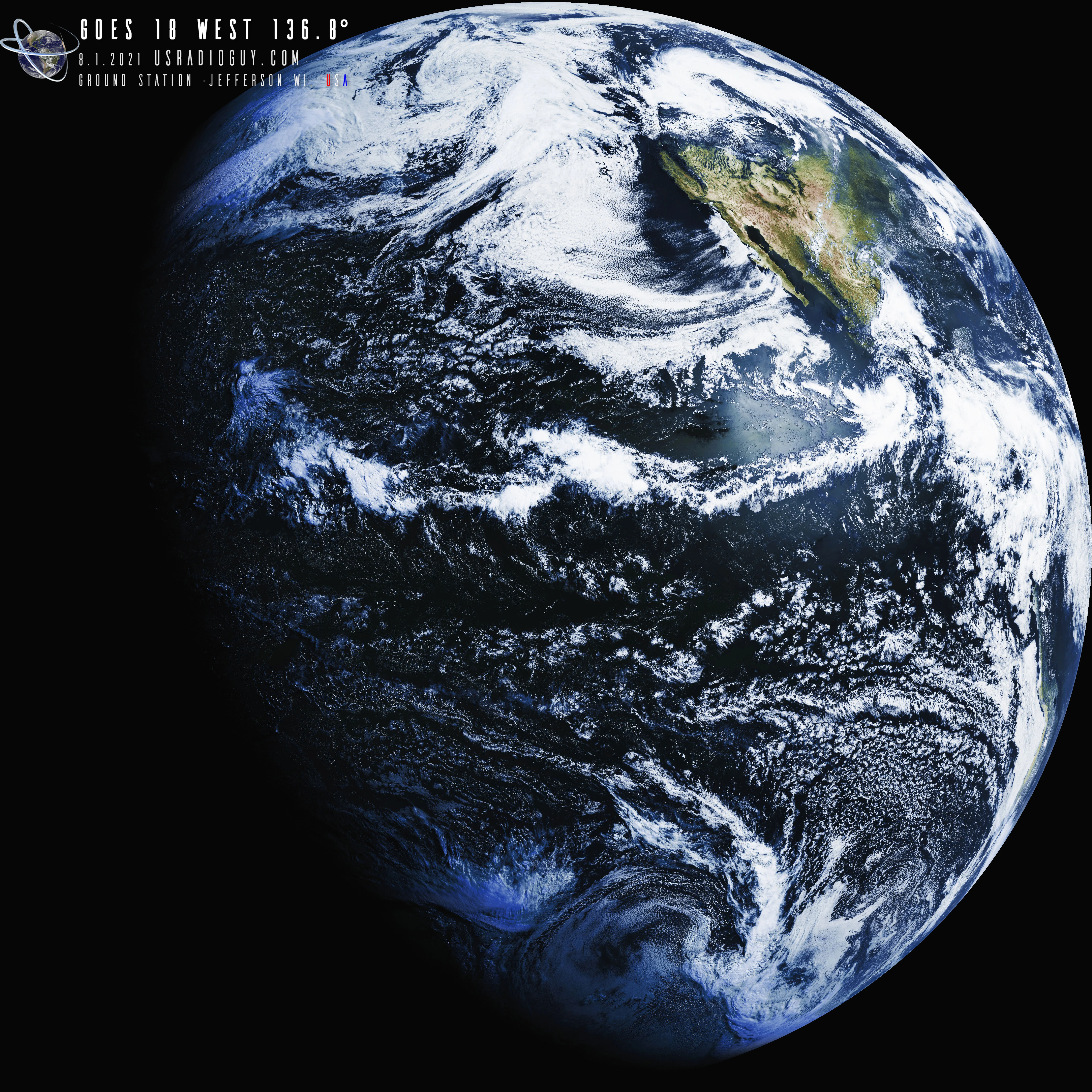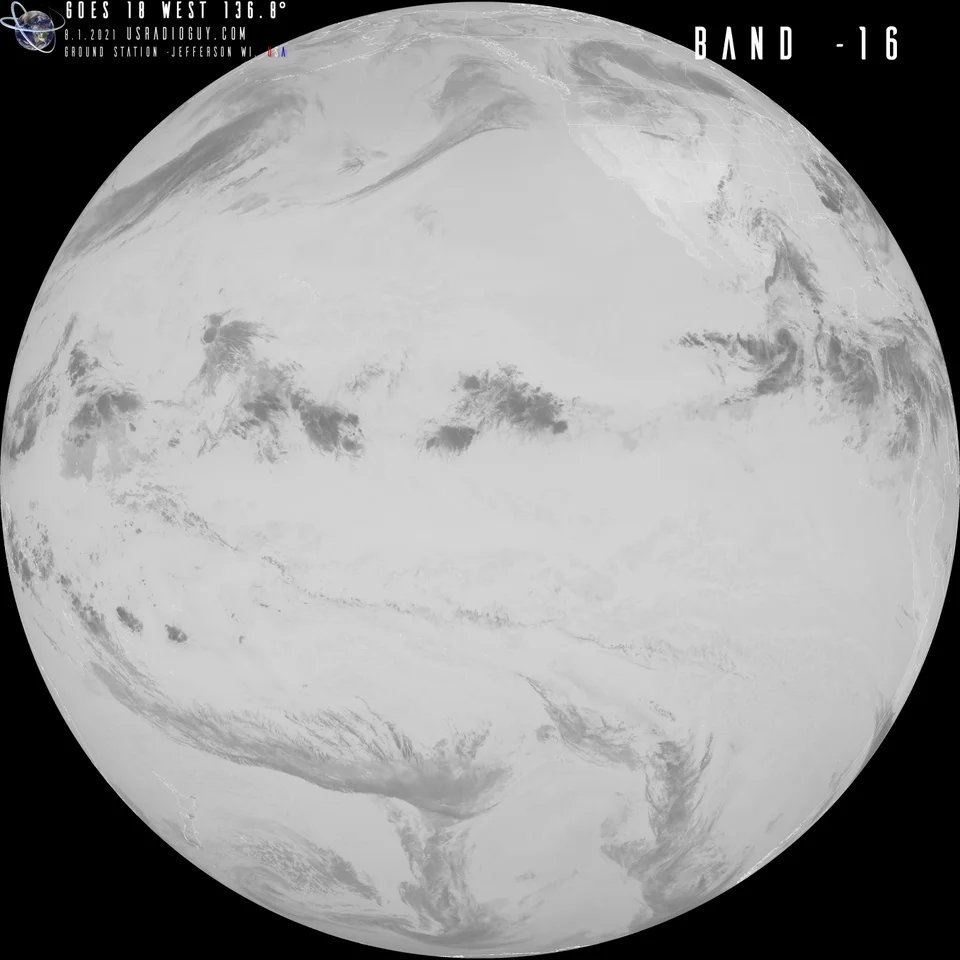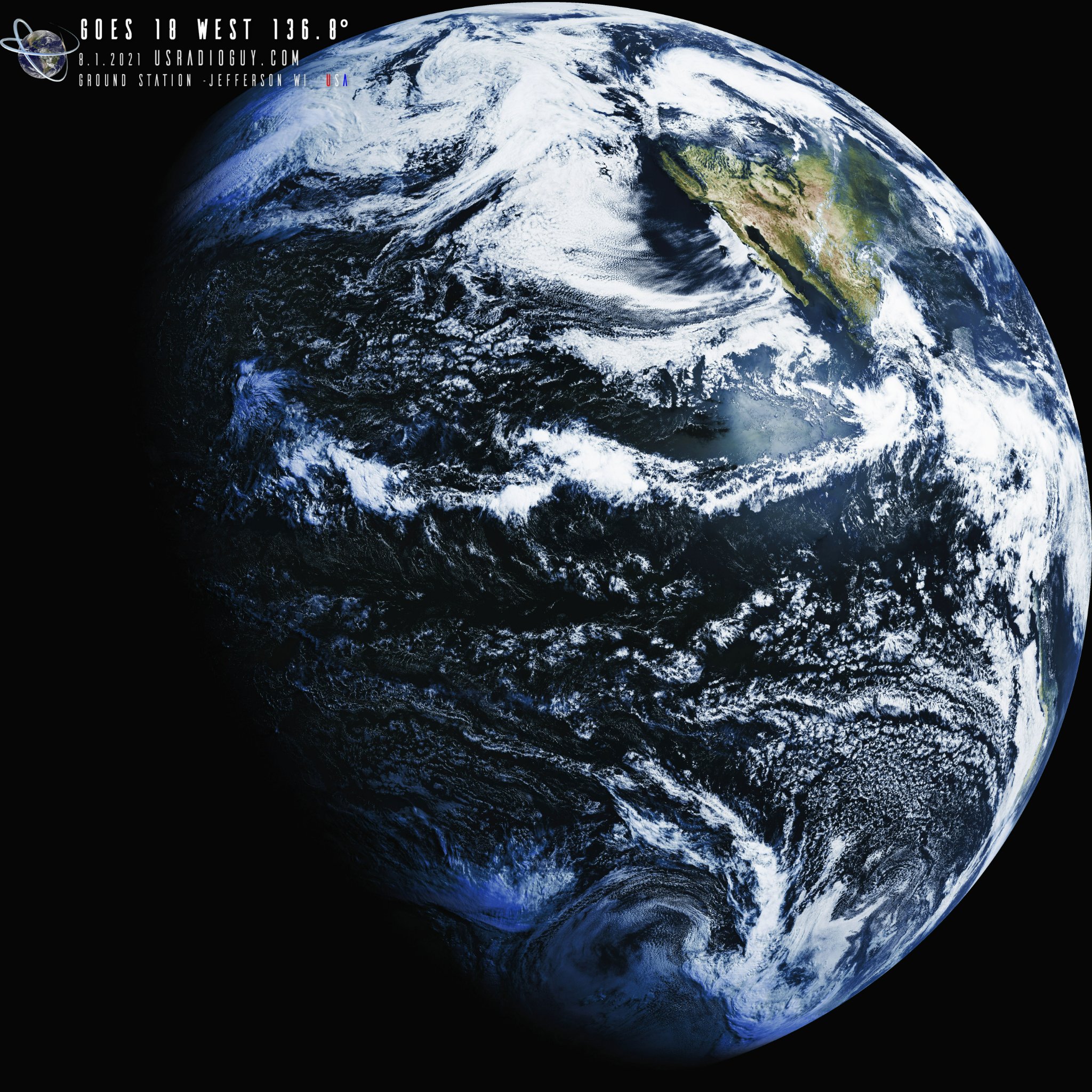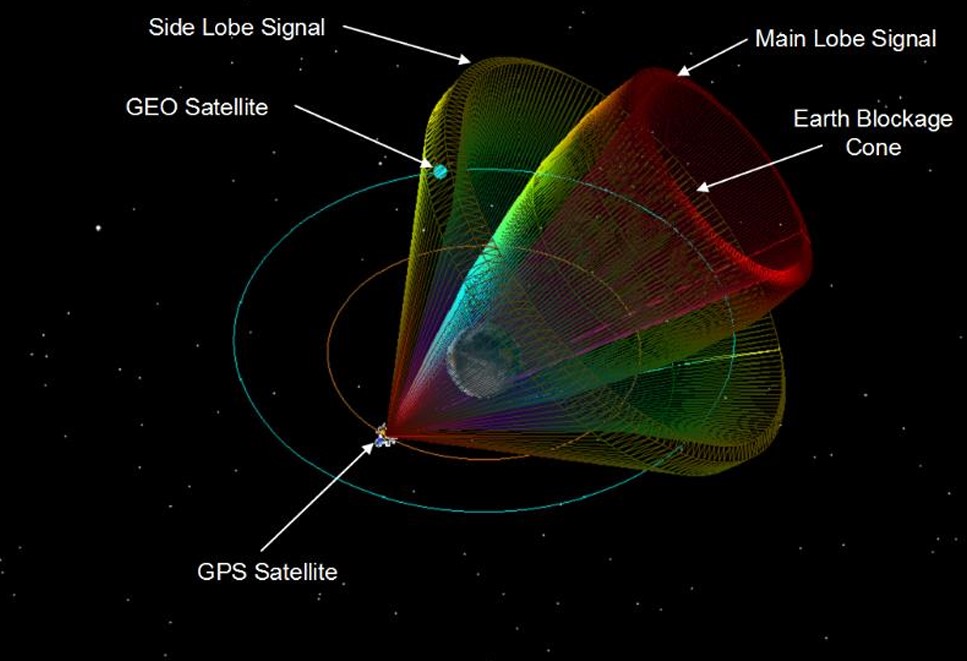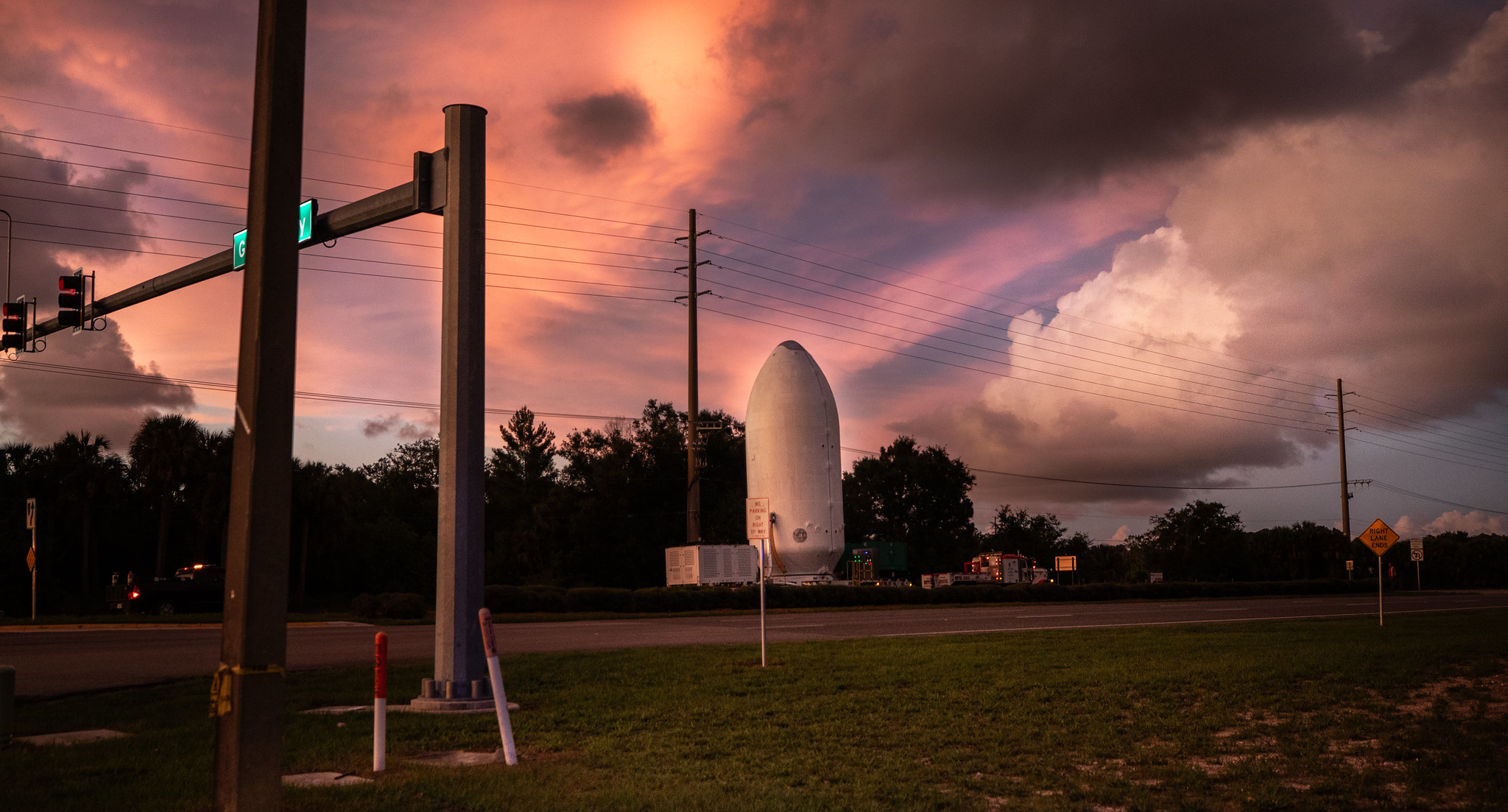![]()
GOES-18 HRIT- First Light Imagery
As planned, GOES-18 completed its slow drift after its first phase of post-launch testing (PLT). Arriving at 136.8° West, GOES-18 is in position for its second round of PLT’s. GOES-18, which launched on March 1, 2022, was initially delivered to 89.5 degrees west over the Central U.S. and began post-launch testing and calibration of its instruments and systems in that location. On May 16, GOES-18 began drifting west, arriving at 136.8 degrees west on June 6. Post-launch testing restarted on June 7.
All has been working very well. On June 14th, 2022, NOAA conducted an ‘interleaving test.’ The interleave configuration entails populating the operational GOES-17 GRB (GOES Rebroadcast) service with an “interleave” of GOES-18 ABI data (replacing the GOES-17 ABI data) and GOES-17 GLM and space weather data. This was done within a 4-hour window. The nice part for us hobbyists is that they also included HRIT in the testing!
Usually, GOES satellites complete post-launch testing from the 89.5 degrees west test position. GOES-18 is undergoing a “split” post-launch testing phase that is different from that of GOES-16 and GOES-17. This test plan gets GOES-18 into position near the current GOES West location earlier so its ABI data will be available to forecasters during the “warm” period that degrades some GOES-17 imagery during the height of hurricane season.
The June 14th test was a user readiness opportunity to prepare for the operational interleave configurations that will be in place 24 hours per day during the two periods of August 1 – September 6 and October 15 – November 11, 2022. During two periods in August and October of this year, GOES-West data users will receive GOES-18 ABI data for operational use. The GOES-18 ABI cooling system is performing well, with no signs of the issue that affects GOES-17. The ABI was redesigned for GOES-18 to reduce the likelihood of future cooling system anomalies. The new design uses a simpler hardware configuration that eliminates the filters that are susceptible to debris. So NOW would be a good time to update your system (running goestools) to allow it to capture the new imagery! Without updating you will get an “invalid image handler origin: goes18” error. I have a page on how to accomplish this here: https://usradioguy.com/goes-t-18-preparing-for-a-new-satellite/.
